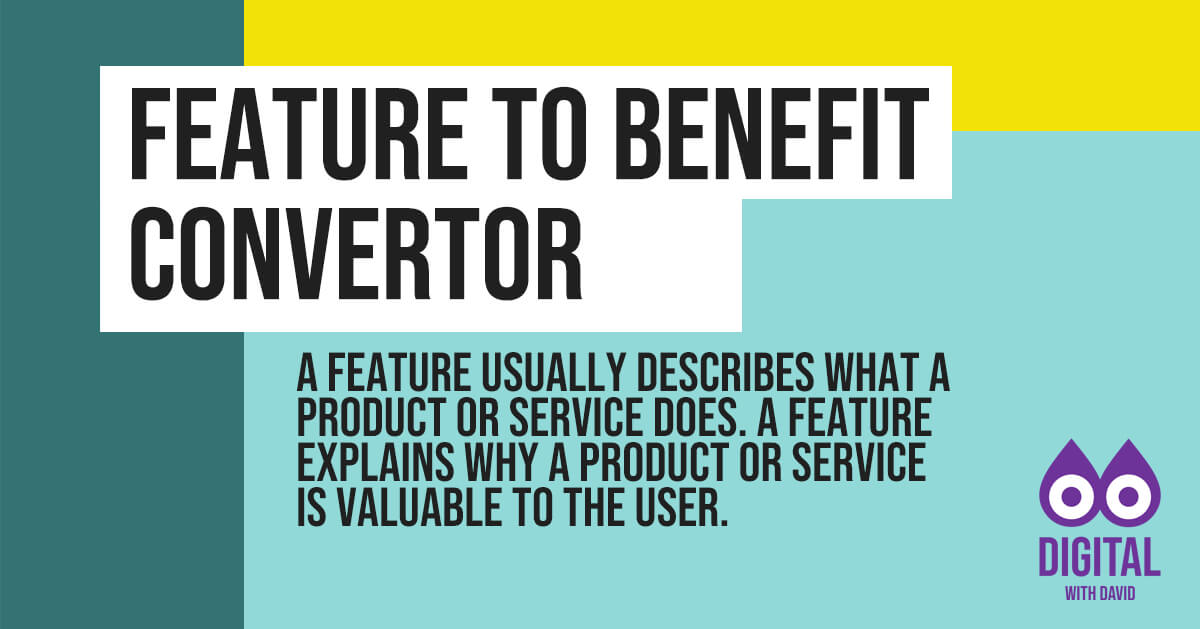In simple terms, a feature usually describes what a product or service does. A feature explains why a product or service is valuable to the user.
Feature
- What it is: A tangible characteristic or function of a product or service. Think of it as the “what” or the technical details.
- Focus: On the product itself, its components, or its technical specifications.
Example
A smartphone with a 6.7-inch OLED display, 5G connectivity, and a long-lasting battery.
Benefit
- What it does: The positive outcome or value that a feature provides to the customer. Think of it as the “why” or the emotional impact.
- Focus: On the user experience, how the feature improves the customer’s life, and the problems it solves.
Example
The 6.7-inch OLED display offers an immersive viewing experience for movies and games, while the 5G connectivity ensures super-fast internet speeds on the go. The long-lasting battery gives you peace of mind, knowing you won’t be scrambling for a charger throughout the day.
Here’s another example of a feature-to-benefit conversion:
Feature: This new smartphone has a 24-megapixel camera.
Benefit: Because it has a 24-megapixel camera, you can capture stunning, high-resolution photos and videos that you’ll cherish for years to come.
Key differences
- Perspective: Features are product-centric, while benefits are customer-centric.
- Emphasis: Features focus on technical details, while benefits focus on how those details improve the user’s life.
- Motivation: Features alone don’t necessarily motivate customers to buy, but benefits that address their needs and desires do.
Tips for converting features into benefits
Start by clearly defining the feature
- State exactly what the feature is, without any jargon or technical terms.
- Describe it in a way that’s easy for your target audience to understand.
Explain the “So What?” factor
- Ask yourself, “Why is this feature important to the customer?”
- What problem does it solve, or what need does it meet?
- What value does it provide?
Bridge the gap with “Because”
- Use the word “because” to make a clear connection between the feature and the benefit.
- This helps to create a logical flow and makes the benefit more obvious.
Focus on the customer’s experience
- Paint a picture of how the customer will feel or what they will be able to do as a result of the feature.
- Use sensory language and relatable scenarios to create an emotional connection.
Emphasise the positive outcomes
- Highlight the positive results or advantages that the customer will gain from the benefit.
- Use concrete examples and quantifiable results to make the benefit more tangible.
Bonus tips
- Consider the target audience: Tailor your benefits to the specific needs and desires of your target customers.
- Use an active voice: Make your benefits sound more engaging and impactful by using an active voice instead of a passive voice.
- Keep it concise: Benefits should be clear and easy to understand. Avoid using too much jargon or technical language.
- Use strong verbs: Use strong verbs to convey the impact of the benefits.
- Tell stories: Stories are a powerful way to illustrate benefits and create an emotional connection with customers.
